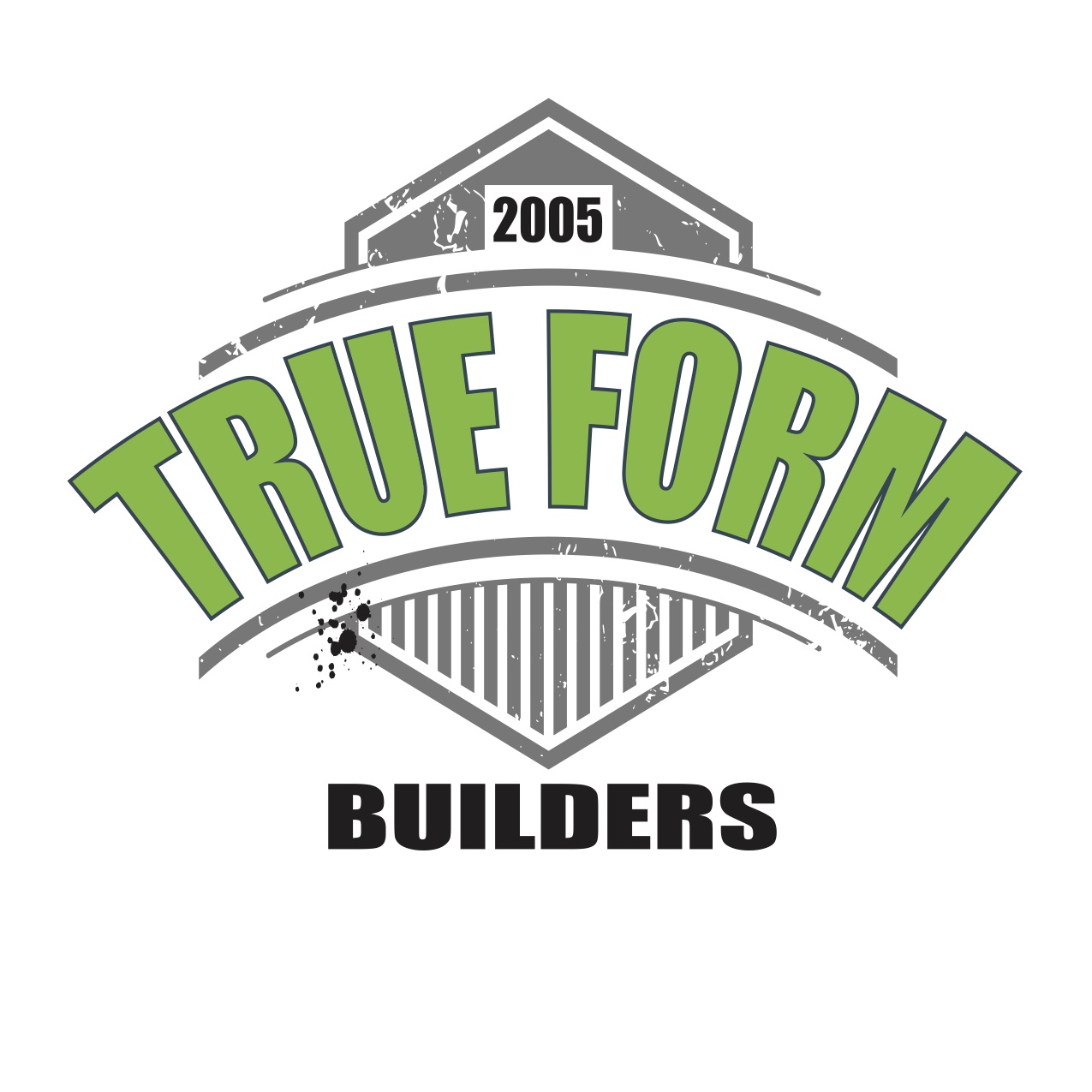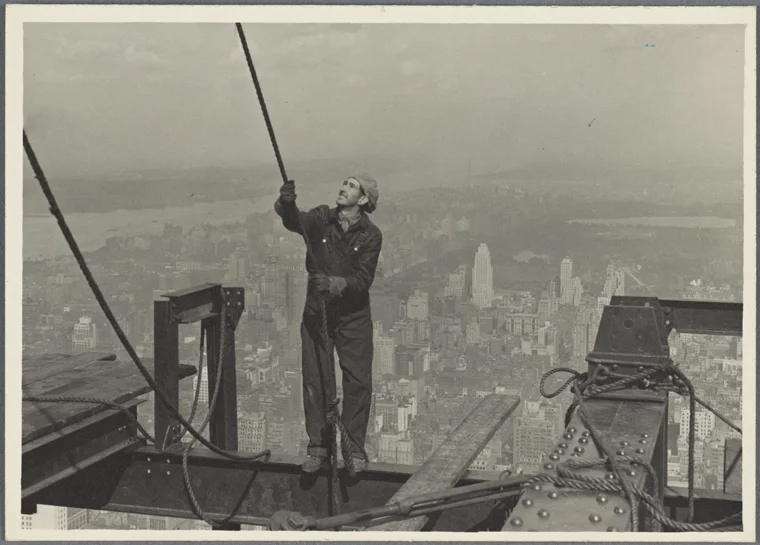Leftover Wood?
/If you haven't already, check out Urban Outfitter's DIY blog on their website. Here is a great DIY with scrap wood done by the Design Build Senior Manager. Photos by Michael Muller
Things you’ll need:
⁃Wood (Todd used a mix of scrap and some reclaimed that he had laying around the shop)
⁃Saw
⁃Drill
⁃2 1/8” Forstner bit
⁃Clamps
⁃Glue
⁃Painter's tape
⁃Ruler
⁃Sandpaper
⁃Finishing oil or a spray polyurethane
⁃Small potted plants: succulents or cacti are best
⁃Potting soil
⁃Little rocks or river stones
This planter is made from layers of wood (Todd used some reclaimed teak mixed with pieces of scrap Baltic birch plywood, but any kind will work). First step is deciding the shape of your planter — we went with a simple triangle. Using your ruler, draw out your shape on one of the pieces of wood and make sure you will have enough room to drill the hole inside where your plant will go. Todd used a miter saw to slice everything down, but a handsaw will work too.
Best practice is to cut your first piece and then trace the other pieces from that. This will help keep all your pieces the same size. Once you have all your pieces cut, stack them all up together to make sure everything lines up evenly. If you're happy with it, it's time to glue! It's good to have a wet rag handy for wiping up excess glue as you press the layers together, since the glue tends to ooze out. If it doesn’t, add a little more glue so you get a good bond.
Once you have glue between all the layers, use the painter's tape to help align all the pieces while you're clamping it, because the layers tend to slide around as you tighten the clamps. When you have it all clamped let the glue dry for at least 30 minutes in the clamps. Once you remove the clamps let the glue dry overnight.
After the glue has set up it's time to sand! Todd used a bench top belt sander, which makes everything way speedier, but you can also just take a piece of sandpaper, spray mount it to a flat surface, and then slide your planter back and forth on it until it's smooth.
After it's all smooth, use your square to mark the center for drilling your hole. This planter is about 4 1/2" tall and Todd drilled the hole about 3 1/2” deep. You can make it as large or as small as you want, but it should be at least 3” deep. (Use one of your clamps to hold the planter while you're drilling so you can use both hands on the drill.)
After you drill the hole, do one more quick little sand just to make sure everything is nice and smooth and that there are no splinters.
Time to finish it! Todd used tung oil to finish it because it brings out the color and grain in the wood, but you can also use any kind of polyurethane. Spray polyurethane is easy and dries fast. Once your finish is all dry, you're ready to plant!
Put about a 1/2” of your little pebbles in the bottom so there's some space for water to sit away from the roots of the plant. After that, add your soil and your plant. Finally, pack the soil down lightly and add water. Now enjoy your new planter!



















